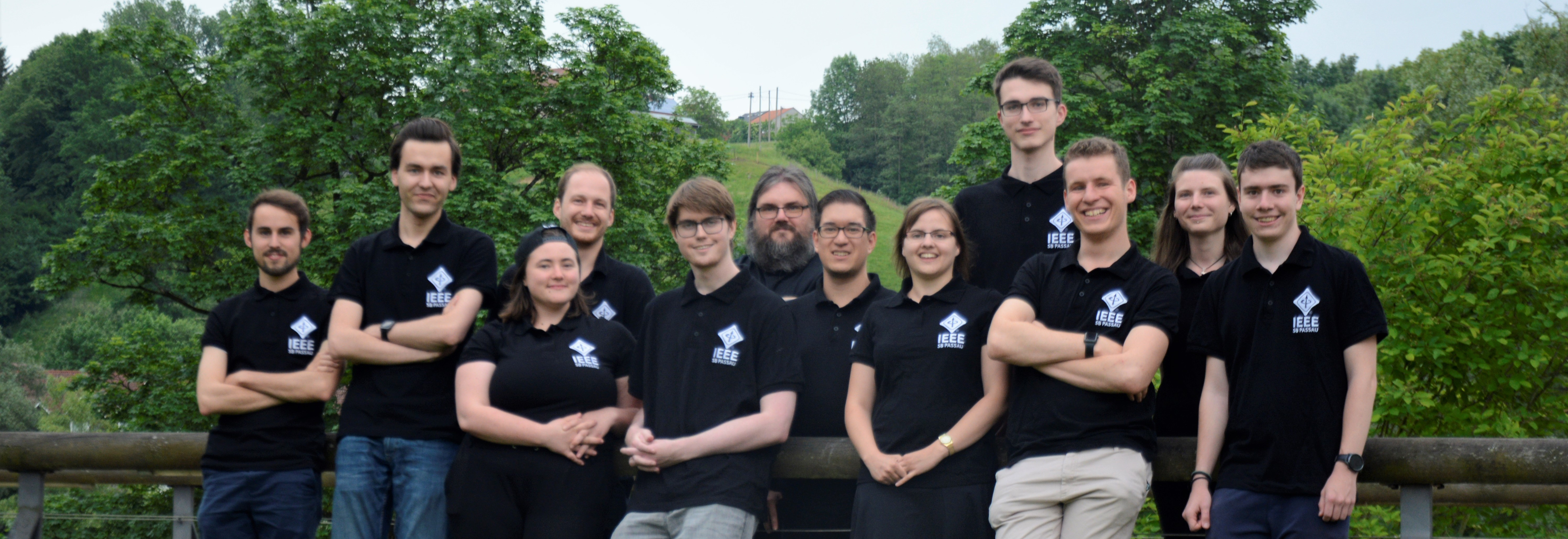As this event is in german, please refer to the german version of this page.
As electronic components are getting smaller, more capable and more complex every year, using them in a DIY setting is becoming more difficult. Find out how to get started with embedded development in this talk!
Like every year we showed a selection of tools that are useful for
Setting up Continous Integration for a project can be quick and easy. Using a Java project with Maven, Jenkins and GitLab as an example, Thomas showed us how they ensure code quality at ONE LOGIC.
Development as a team is an important part of every bigger IT project. Version control are essential for this even if they bing some pitfalls you may want to avoid.
The “Tools for your SEP” is a series of talks for Bachelor students
Setting up Continous Integration for a project can be quick and easy. Using a Java project with Maven, Jenkins and GitLab as an example, Thomas wants to show us how they ensure code quality at ONE LOGIC.
Professor Lengauer will visit us for a Professors personally and together we will look back on his long career in academia and as a professor.
Working with git has many pitfalls, it is easy to get the local repository to a state that is hard to recover from. And even if everything works as planned, it is not always easy to integrate git into your workflow. This talk will answer those, and other questions based on concrete examples. There will be a short introduction for everyone who has no experience with git in the beginning.
We will get a introduction into the world of crypto currencies likes Bitcoin, what technologies they are build on and what else these ideas can be used for.











